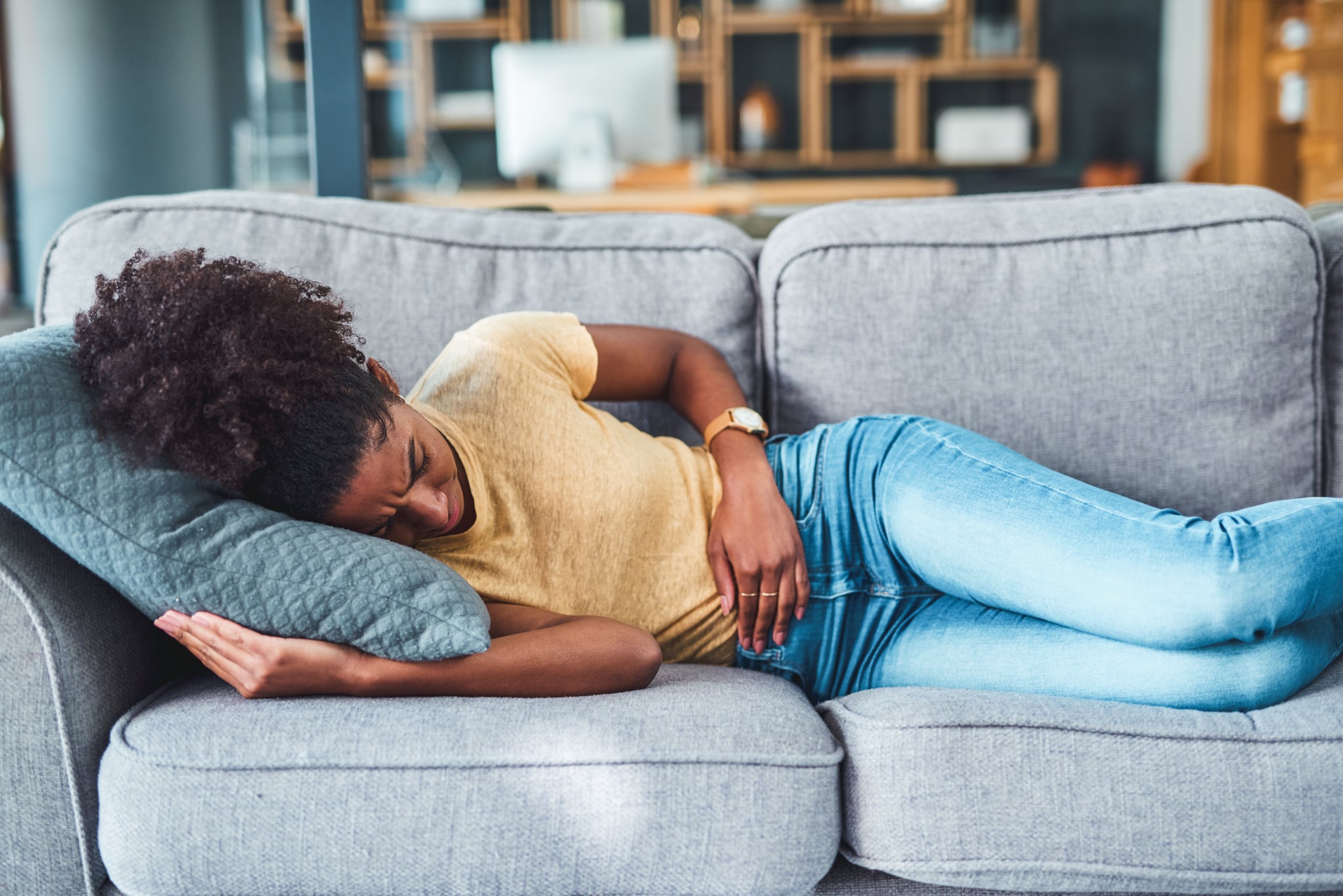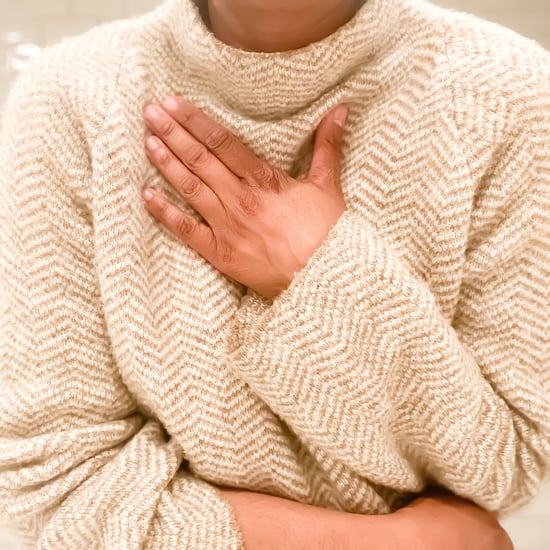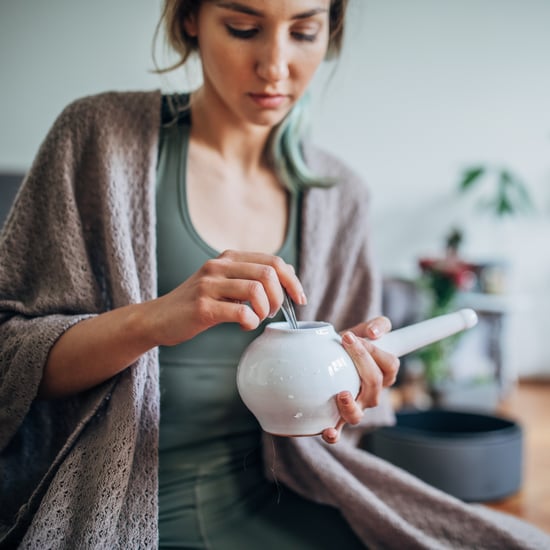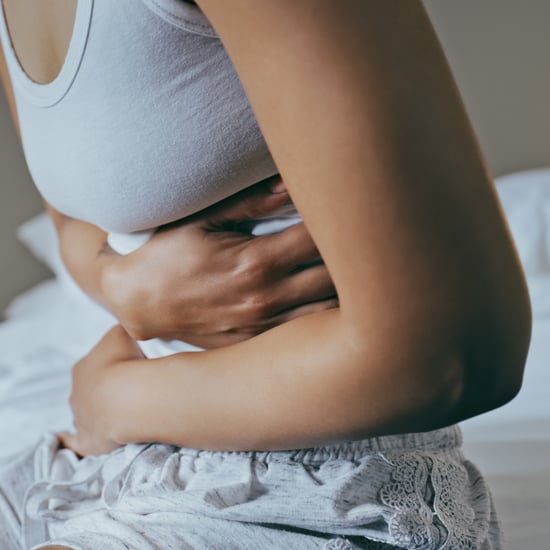Menstrual-Cycle Phases, Explained by Medical Experts
A Breakdown on Every Phase of the Menstrual Cycle, as Explained by Medical Experts
 Editor's Note: We at POPSUGAR recognise that people of many genders and identities have menstrual cycles. This particular story includes language from experts who generally refer to people with menstrual cycles as women.
Editor's Note: We at POPSUGAR recognise that people of many genders and identities have menstrual cycles. This particular story includes language from experts who generally refer to people with menstrual cycles as women.
During the menstrual cycle, there's quite a bit going on within the body. You might experience headaches, cramp-y discomfort in your lower back or lower abdomen, and even changes in your sleep. The levels of certain hormones, like estrogen and progesterone, rise and decline throughout the menstrual cycle, making the uterus and ovaries respond in different ways. So if you're ready to dive deeper into what the menstrual cycle means for your body, you've come to the right place.
According to gynecologist Chimsom "Dr. Chimmy" T. Oleka, MD, a Knix puberty and period specialist, understanding the events of the menstrual cycle can help you feel more prepared for it.
"The more knowledge one has about their body and the ways in which it changes, develops, and grows, the better they are at understanding, being patient with, being proud of, and appreciating their body," she says.
Read on for a breakdown on the internal occurrences that make up the menstrual cycle.
What Are the Phases of the Menstrual Cycle?
According to Dr. Chimmy, there are two different cycles within the menstrual cycle that take place at the same time. The ovulatory cycle happens in the ovaries, and the endometrial cycle takes place in the lining of the uterus. These cycles have different phases that pair up with each other as well.
Within the ovary, Dr. Chimmy says there are the follicular phase, ovulation, and the luteal phase. In the uterus, there are the proliferative phase, the secretory phase, and menstruation.
For the purposes of this article, let's take a look at four commonly referenced events or occurrences in the entire menstrual cycle — menstruation, the follicular phase, ovulation, and the luteal phase — as explained by medical experts.
Menstruation
According to endocrinologist and infertility specialist Dorette Noorhasan, MD, the medical director and cofounder of CCRM Dallas, the first day of full-flow period blood — not just spotting — marks the first day of your menstrual cycle.
Your period is considered to be the start of a new menstrual cycle, and according to the Cleveland Clinic, it's considered normal to bleed between two and seven days. During menstruation, the lining of the uterus, which is called the endometrium, is shed. This occurs if the implantation of a fertilized egg (a pregnancy) does not occur, says ob-gyn Taraneh Shirazian, MD, Monistat brand ambassador.
Follicular Phase
The follicular phase is the first part of the menstrual cycle, Dr. Noorhasan says. "In the follicular phase, FSH [follicle stimulating hormone] is secreted by the pituitary gland, which tells the ovaries to produce a mature follicle. As the mature follicle grows in size, it will secrete estrogen, and the estrogen levels will rise," Dr. Noorhasan says. Higher estrogen levels signal to the pituitary to secrete more luteinizing hormone (LH), which tells the follicle to rupture and release the egg, Dr. Noorhasan adds.
Dr. Chimmy explains that the follicular phase pairs with the proliferative phase, and during this time, "in response to the estrogen, the endometrium regrows after shedding during the previous period."
Ovulation
Ovulation happens when the mature dominant egg releases from the ovarian follicle, Dr. Chimmy says. As for what day this takes place, it depends on the person and the length of their individual menstrual cycle.
"If you have a regular 28-day cycle, ovulation will often happen day 14 [of the menstrual cycle]. But many women have cycles that are shorter or longer, and the ovulation day will be different for these women. If you have other underlying conditions like PCOS, this will also change your cycle length and ovulation date," Dr. Shirazian says.
According to the Cleveland Clinic, after the egg is released, it then travels through the fallopian tube to the uterus.
Luteal Phase
The luteal phase is the last phase of the menstrual cycle and pairs with the secretory phase in the uterus.
"Once the egg is released, the follicle now shrivels up and is called a corpus luteum," Dr. Noorhasan says. The corpus luteum then secretes a hormone called progesterone. This hormone peaks about seven days after ovulation, she adds.
If a pregnancy does not occur, the corpus luteum continues to shrivel up, so it becomes no longer functional and stops secreting progesterone. Without this progesterone, the endometrium will shed, Dr. Noorhasan explains.
Once menstruation occurs, the menstrual cycle starts over again.
However, if pregnancy does occur, Dr. Noorhasan says that hormones sustain the corpus luteum, which then secretes more progesterone to support the pregnancy and prevent the endometrium from shedding.
Can the Phases of the Menstrual Cycle Impact How You Feel?
If you have ever experienced menstrual cramps, you know first hand there is a link between your period and how you feel physically. So what are some other possible physical markers of the menstrual cycle phases?
"During the follicular phase of the menstrual cycle, higher levels of estrogen can make you feel more energetic," Dr. Shirazian says. Some menstrual-cycle-inspired exercise plans actually suggest more intense workouts during this time, but you should always listen to your body to ensure you don't injure yourself.
Then, in the luteal phase, some people who menstruate may feel bloated or lethargic, she adds. During menstruation, you may experience some period symptoms like cramps or a change in vaginal discharge, Dr. Shirazian says.
During ovulation, Dr. Shirazian notes that some may experience a change in vaginal discharge and spotting. Another physical symptom that some experience during ovulation is ovulation pain, or "mittelschmerz." According to the Cleveland Clinic, ovulation pain is typically felt in the lower abdomen and pelvic on one side or in the middle, and it may feel like mild twinges or severe discomfort. The Mayo Clinic recommends reaching out to a doctor if you experience severe ovulation pain.
If you have any questions or concerns about menstrual-cycle symptoms or your menstrual cycle in general, reach out to your healthcare provider for advice.










